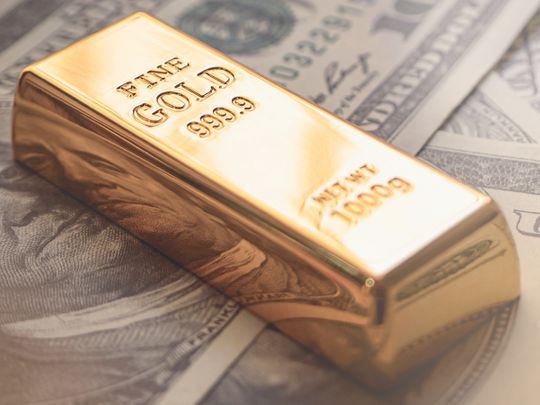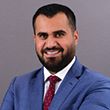
The growing investment appetite in the Middle East caused a rapid growth in the MENA region’s foreign exchange industry pushing individual investors towards the global markets.
According to figures from the Bank for International Settlements (BIS), trading in FX markets reached $6.6 trillion per day in April 2019, up from $5.1 trillion three years earlier, with the UAE and Saudi Arabian retail currency markets accounting for almost 0.6 per cent and 0.1 per cent respectively.
This growth is largely driven by increased awareness of the opportunities for investors in the FX market, as well as the region’s strategic location between Asia and Europe. The local time zones enable the region to capture market opening hours in the Far East as well as the US closing hours in the same working day, thus providing better access to the global market, in particular the G7 currencies.

Investors in the MENA region gravitate to value-saving investments namely safe haven currencies such as the US dollar, Japanese yen and gold.
Improved regulatory controls by various authorities is another factor attracting investors to the forex industry. Two such authorities in the Gulf region that provide a well-monitored regulatory environment for forex investors are the Securities and Commodities Authority (SCA) and the Jordan Securities Commission (JSC).
Industry growth in the MENA region also gained momentum through the implementation of Sharia-compliant forex trading and the increased availability of Islamic trading products. For example, swap-free accounts are considered Sharia-compliant, giving access to forex trading without compromising Islamic principles.
Investors in the MENA region gravitate to value-saving investments namely safe haven currencies such as the US dollar, Japanese yen and gold. Increased demand for investment opportunities in the MENA region urges individual investors to seek greater opportunities and access to international markets.
Lately a variety of global variables made currency markets fluctuate strongly and this increased opportunities for traders in the Middle East, namely the inconstant monetary policies in reaction to the economic impact of the coronavirus pandemic, accompanied by the fiscal stimulus plans and the US Presidential election. Although there are many disclaimers from authorised entities regarding the risks of trading forex, many individuals in the Middle East looked to forex to find profitable opportunities, especially in precious metals like gold, which saw a huge rally in 2020 reaching an all-time high at $2,074 per ounce.
Furthermore, the deprecation of the US dollar value, due to changes in monetary and fiscal policies, serves to accelerate gold prices through inflation. Gold achieved 37 per cent growth in its rally from the lowest point in March 2020 to its all-time high in August 2020, ending the year with an annual increase of 24.8 per cent.




